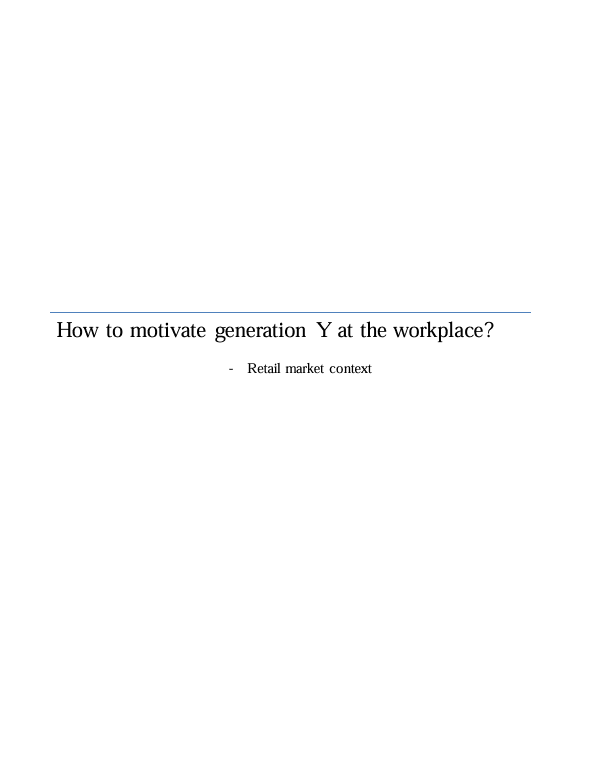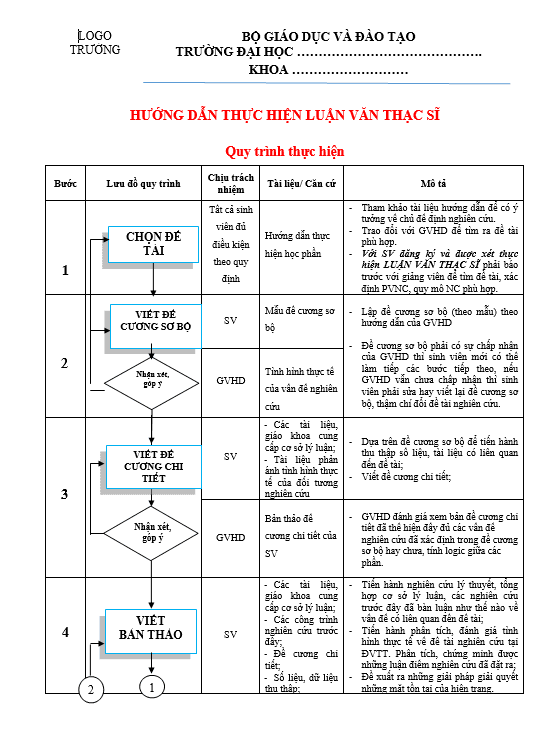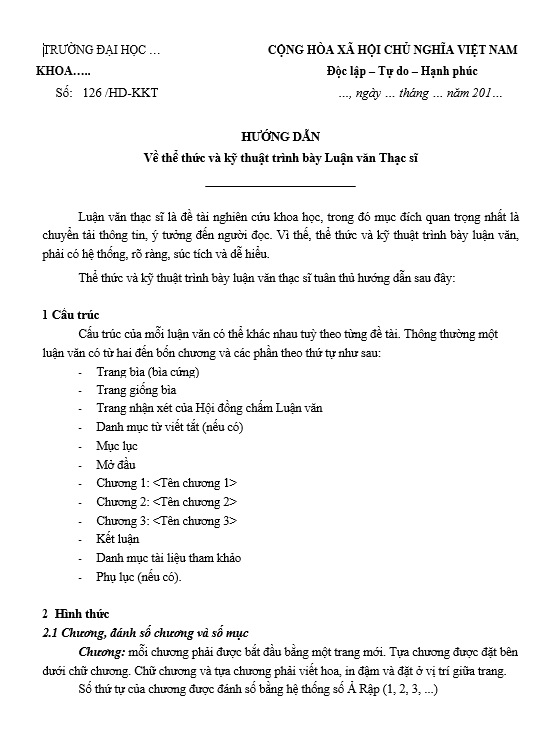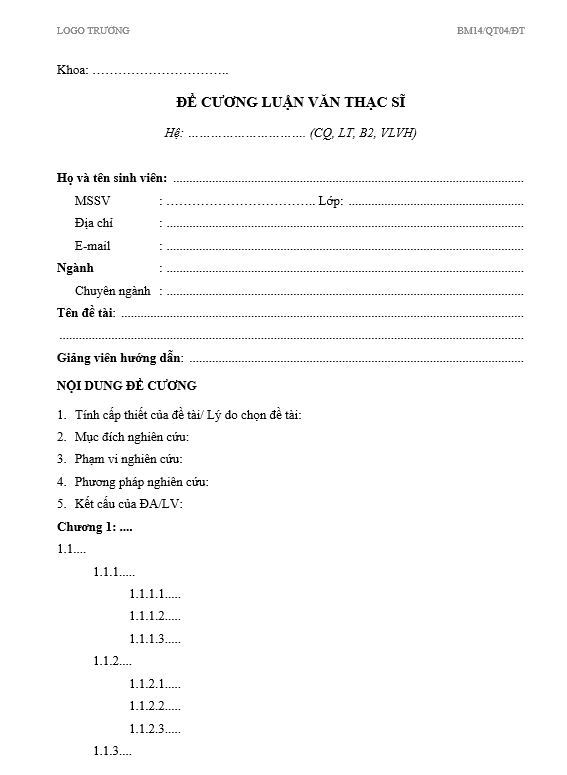Contents Page
Introduction ……………………………………………………………………………………………………….7
Chapter I ……………………………………………………………………………………………………………….
Literature review ………………………………………………………………………………………………….
1. Human resource management: an overview………………………………………………………11
2. Generation: personal and work characteristics …………………………………………………..15
2.1. Veterans …………………………………………………………………………………………………17
2.2. Baby Boomers ………………………………………………………………………………………..17
2.3.Generation X …………………………………………………………………………………………..18
2.4. Generation Y ………………………………………………………………………………………….19
3.Workplace: a changing environment …………………………………………………………………24
3.1. Retail environment ………………………………………………………………………………….25
3.2. Job design ………………………………………………………………………………………………25
3.3.Organizational culture and best fit ……………………………………………………………..26
4. Motivation ……………………………………………………………………………………………………28
4.1. Theories of motivation …………………………………………………………………………….30
4.1.1. Content theories ……………………………………………………………………………………30
a) Maslow‟s hierarchy of needs ……………………………………………………………………31
b) Alderfer‟s ERG theory …………………………………………………………………………….33
c) Herzberg‟s two-factor theory ……………………………………………………………………33
d) McClelland‟s acquired needs theories ……………………………………………………..35
4.1.2. Process theories ……………………………………………………………………………………36
a) Vroom‟s Expectancy theory …………………………………………………………………….37
b) Latham and Locke Goal-setting theory ………………………………………………………38
c) Adam‟s Equity theories ……………………………………………………………………………40
Chapter II ……………………………………………………………………………………………………………..
5. Research question …………………………………………………………………………………………42
Chapter III…………………………………………………………………………………………………………….
6. Methodology…………………………………………………………………………………………………43
6.1. Introduction ……………………………………………………………………………………………43
6.2. Proposed Methodology…………………………………………………………………………….43
6.3. Proposed Sampling Methodology ……………………………………………………………..45
6.4. Data Collection tools ……………………………………………………………………………….47
6.5. Data analysis…………………………………………………………………………………………..48
6.6. Limitations of the research ……………………………………………………………………… 48
6.6.1. Practical efforts to obtain/ access primary data ………………………………………48
6.6.2.Personal biases……………………………………………………………………………………49
6.7 Ethics. …………………………………………………………………………………………………….49
6.8.Time allocation ………………………………………………………………………………………..49
Chapter IV …………………………………………………………………………………………………………….
7.Darta analysis/ Findings ………………………………………………………………………………….51
8. Conclusion ……………………………………………………………………………………………………61
9. Recommendation …………………………………………………………………………………………..69
10.Self reflection on Own learning and performance ……………………………………………70
Bibliography ……………………………………………………………………………………………………..75
Appendix I … ……………………………………………………………………………………………………..90













